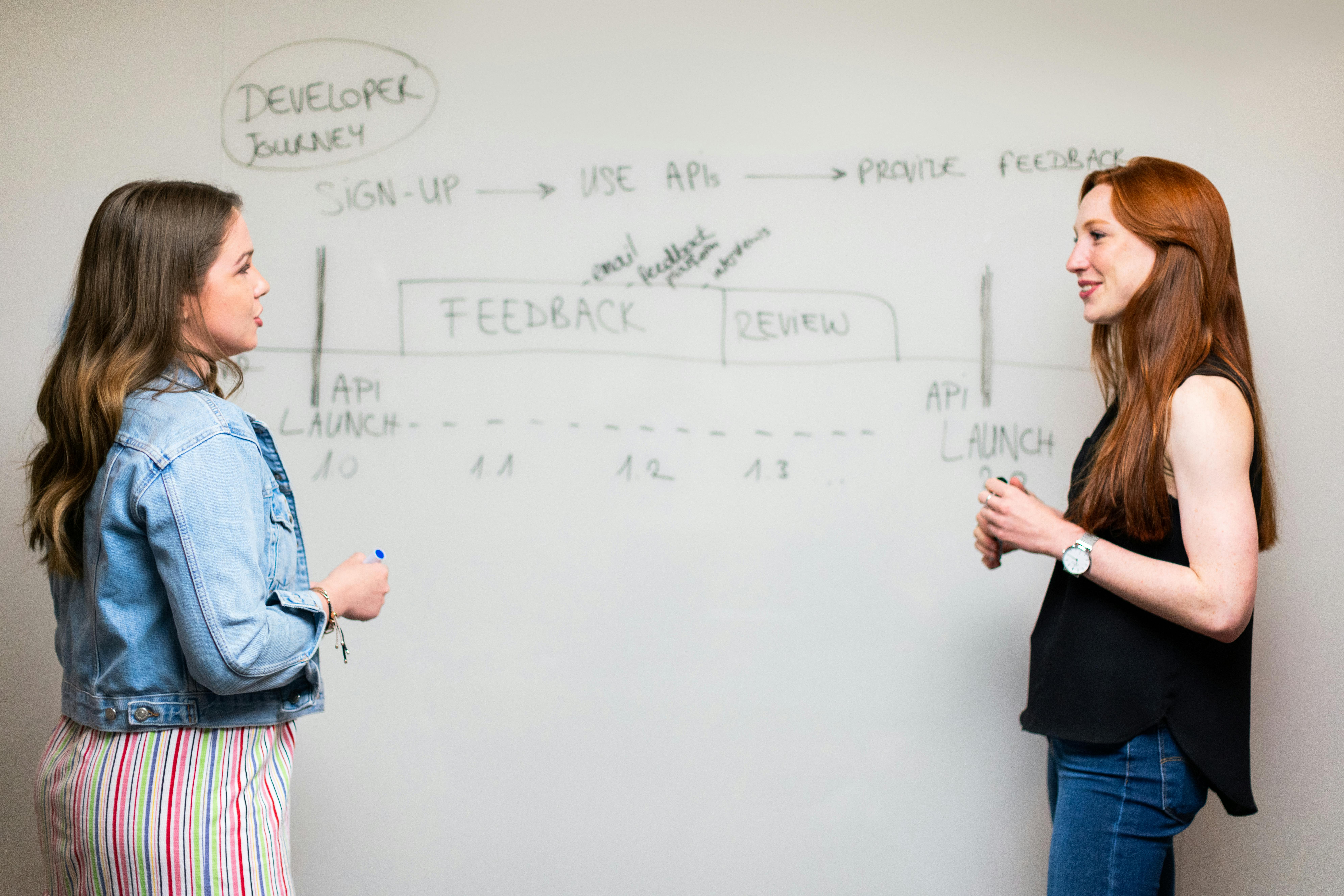How To Reach Decision Makers at Scale

Quick Answer
How to reach decision makers at scale requires a blend of research-driven buyer persona development, AI-enhanced personalization, and multi-channel outreach to ensure relevant messaging reaches the right stakeholders efficiently.
Introduction
Reaching decision makers at scale is a complex but vital process in B2B marketing, especially in the U.S. market where buyer journeys are becoming more multifaceted. Decision makers rarely operate in isolation; they are surrounded by a network of influencers and gatekeepers that shape purchasing outcomes. Success depends on deep audience understanding paired with technology that refines targeting and messaging. This guide equips marketers with actionable strategies to identify, engage, and convert key decision makers while optimizing spend and engagement efficiency. The challenge is to personalize at scale without losing the human touch, and this article answers how to do that effectively.
Deep Dive
Key Concepts
AI SEO enhances content discoverability by aligning with search intent, while GEO (Generative Engine Optimization) tunes messaging to context-sensitive platforms like AI assistants. AEO (Answer-Engine Optimization) ensures snippet-friendly content reaches users directly in conversational search outputs. Together, these technologies empower precision marketing to decision makers by layering intent signals and dynamic content adaptation, which are indispensable tools for scaling outreach efforts effectively.
How It Works
Successful scale targeting involves creating comprehensive buyer personas outlining decision makers’ roles, motivations, and pain points. AI tools analyze large data sets to detect behavioral trends and customize outreach timing. Outreach spans digital channels including email, social media, video, and programmatic advertising, often coordinated via account-based marketing to focus resources on high-potential prospects. Clear value propositions crafted per stakeholder group increase resonance and response rates.
Mini Case Example
A technology provider in the USA struggled to influence the C-suite within large enterprises, reaching less than 5% engagement in traditional campaigns. After building detailed personas, using AI to tailor content for each role, and deploying multi-channel account-based marketing, engagement rose to 18% within four months. This shifted pipeline quality and accelerated deal velocity significantly, demonstrating that sophisticated segmentation and personalization at scale can overcome initial barriers to decision maker access.
Practical Playbook
Step-by-Step
Follow these steps to build a scalable framework for reaching decision makers.
- Conduct thorough market research to identify industries and companies with high fit potential.
- Develop detailed buyer personas including roles, challenges, and purchase motivations.
- Segment target accounts and assign priority levels based on strategic value.
- Leverage AI tools to analyze audience data and personalize messaging sequences.
- Deploy multi-channel campaigns combining email, social media, and digital ads.
- Coordinate campaigns with sales teams for synchronized outreach efforts.
- Continuously track engagement metrics and optimize content based on feedback.
- Perform quarterly reviews to refine personas and update targeting parameters.
Checklist
Before launching campaigns, verify these critical details.
- Are buyer personas comprehensive and validated?
- Is messaging tailored to multiple decision maker roles?
- Have AI tools been configured to personalize content dynamically?
- Is multi-channel sequencing aligned with customer journey stages?
- Are sales and marketing teams aligned with outreach timing?
- Is data privacy compliance ensured for all targeted communications?
- Are campaign KPIs clearly defined and tracked?
- Is campaign content optimized for GEO and AEO where applicable?
Geo Notes
In the USA, language nuances, regional business cultures, and time zone differences impact campaign timing and messaging style. Adapting outreach for key local business holidays and fiscal calendars can increase relevance. Data privacy regulations vary by state, requiring tailored consent and data handling practices. Leveraging generational segmentation and regional preferences enhances efficacy of personalized content.
Data & Markup
Structuring lead generation content with schema.org Article, Organization, and Person types can improve SERP visibility and trust signals. Including metadata like role, organization name, and job title strengthens relevance for AI and search engines. More guidance is available through the AI Leadz website.
Measurement
Track relevant KPIs such as engagement rate per decision maker, lead quality score, and multi-touch attribution to understand channels driving conversions. Use dashboards to monitor real-time performance and employ AI-driven analytics to detect pattern shifts. Refresh targeting profiles and messaging every 45 days to keep pace with market dynamics and buyer behavior changes.
Conclusion
Reaching decision makers at scale demands a strategic blend of technology and empathy. By leveraging AI-powered insights, developing granular personas, and aligning multi-channel efforts, marketers can penetrate complex buying groups efficiently. Mastery of GEO and AEO principles further enhances message delivery in digital ecosystems. The path to scalable engagement is continuous refinement and collaboration between marketing and sales teams, unlocking improved conversion rates and sustainable growth.



